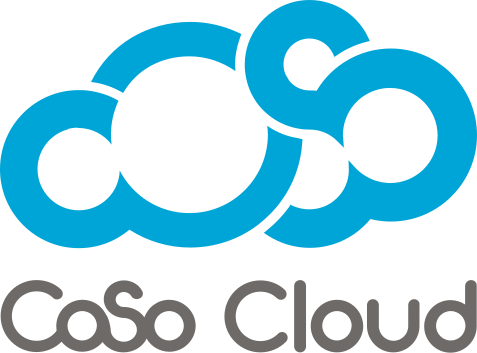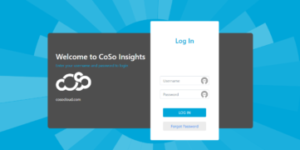
MicroLearning – The Digital Trend for L&D
July 19, 2024
Technological advancements are accelerating workplace changes faster than ever. Consequently, leaders in many companies are actively seeking ways to train new employees and keep current ones. One of the leading methods for improving L&D in recent years is microlearning, a style of training that breaks down lessons into a series of short videos designed to help workers get a feel for specific tasks as they go.
Microlearning leverages the Hermann Ebbinghaus forgetting curve concept, suggesting that retention declines as the volume of information learned once increases. Microlearning mitigates this effect by breaking down content into smaller, manageable pieces. Microlearning programs benefit workers across various roles by offering an adaptable curriculum from standardized content, all in an easily accessible and scalable format. This means that whether it’s the initial onboarding or to keep up with operational changes, organizations have a reliable way to keep their workforce prepared and acclimated for the future of work.
Maximizing Employee Engagement and Efficiency with Microlearning
- Employee Retention
According to a study from the University of California, most people can’t concentrate on a single screen for more than 47 seconds. By shortening training to bite-sized modules, each segment can teach employees a specific lesson without stretching too far past their attention span. This enables companies to ensure that workers absorb the information they need to succeed in their positions without overloading them. On the employee side, it means they have an easy way to sort lesson plans and understand the fundamentals they need to work effectively.
- Personalized and Adaptable
The CIPD Learning at Work 2023 Survey states that the two most significant barriers to successful L&D programs are a lack of learner time and engagement. By creating brief eLearning modules, microlearning programs allow companies to cut out irrelevant topics and add new information without skipping a beat. In addition, eLearning platforms often come equipped with a responsive algorithm that can tailor itself to the training needs of each user so organizations can ensure their employees are thoroughly proficient by the time they complete each lesson.
- On the Go Accessibility
Priorities can change fast on the job, and microlearning programs offer easy access when employees need to find specific information fast. With short modules designed to address individual concepts, employees have a reliable place to go for a quick tutorial whenever required. As workers transition from their initial training into the day-to-day, it is easy for some lessons to fall into the background as time goes on. By packaging the training into modules, information becomes accessible to search. This allows for both greater autonomy and the ability for self-directed problem-solving among employees, as they know where to find the answers whenever a question arises.
- Cost Effective
Microlearning minimizes downtime by focusing on concise, targeted information that employees can access as needed. This approach optimizes resource allocation by streamlining the learning process and ensuring that training efforts directly address specific skill gaps or operational needs. This also allows companies to scale up or down based on demand without incurring significant additional expenses.
Conclusion
In the coming years, microlearning will serve as a crucial tool for organizations committed to fostering a culture of continuous development and upskilling. As we transition into a digital age, microlearning enhances skill development and efficiency at all levels and plays a pivotal role in retaining valuable talent by providing structured direction within organizations.











